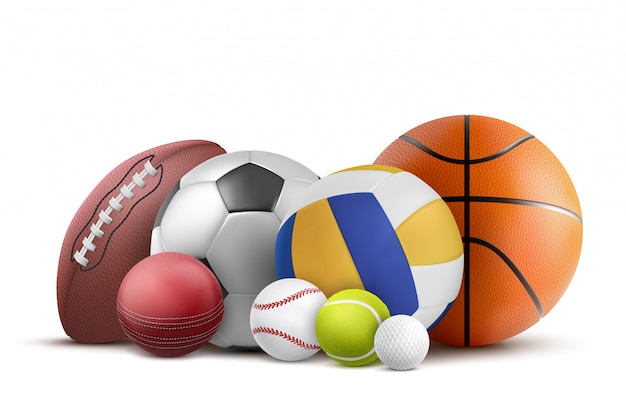Unraveling the Essentials: The Magic of Tatami and Sports Mats in Athletic Performance
Unraveling the Essentials: The Magic of Tatami and Sports Mats in Athletic Performance
Blog Article

In the world of athletics, the right equipment can make all the difference in performance and safety. Athletes across various disciplines rely on specific materials to enhance their training and improve their skills. Among these, tatami and specialized sports mats, known in some regions as tapis de sport, have garnered attention not only for their functional benefits but also for the unique support they provide during practice and competition.
Tatami, traditionally associated with martial arts, offers a unique surface that combines cushioning and stability, enabling athletes to train safely while minimizing the risk of injury. Meanwhile, tapis de sport caters to a variety of sports, ensuring optimal grip and comfort. Understanding the importance of these sports materials is crucial for athletes and coaches alike, as they play a vital role in maximizing performance and refining techniques. As we explore the magic behind tatami and sports mats, we will uncover how these essential tools contribute to athletic excellence.
The Importance of Quality Sports Mats
Quality sports mats play a crucial role in enhancing an athlete's performance and ensuring their safety during training and competitions. When athletes engage in activities such as wrestling, judo, or gymnastics, the surface they practice on can significantly impact their techniques and overall effectiveness. A high-quality mat provides the necessary cushioning and support, reducing the risk of injuries that can arise from falls or high-impact landings. Moreover, using proper mats helps athletes maintain focus on their movements rather than worrying about the surface they are on.
Additionally, the composition of sports mats affects the athletes' performance. Mats made from durable materials offer consistent rebound and traction, essential for dynamic movements. For example, tatami mats, traditionally used in martial arts, are designed to absorb shock while allowing for swift transitions and maneuverability. In contrast, lower-quality mats might not provide the adequate grip or responsiveness needed, which could hinder an athlete's ability to perform at their best.
Finally, the right sports mats can also contribute to the longevity of the equipment used by athletes. High-quality materials resist wear and tear, meaning they remain reliable over extended use. This durability translates into better long-term investment for training facilities and individual athletes alike. By prioritizing quality in their choice of mats, athletes ensure not just their safety and performance but also the sustainability of their training environments.
Sports Equipment
Tatami: A Tradition in Martial Arts
Tatami mats have been an integral part of martial arts practice for centuries, deeply rooted in Japanese culture. Traditionally made from rice straw and covered with woven rush grass, these mats provide a unique surface that offers both comfort and support during training. Their unique composition allows for absorbing impact while also providing a firm footing, making them a preferred choice for various martial arts disciplines.
In disciplines such as judo, karate, and aikido, the use of tatami enhances performance by creating an environment that minimizes injury risk. The cushioning effect of tatami helps practitioners execute throws and falls safely, while its texture provides traction for footwork. This careful balance between softness and firmness is crucial for athletes as they develop their skills and techniques in a controlled yet effective manner.
As sports material, tatami symbolizes the harmony between tradition and modern athletic requirements. The surfaces can vary in thickness and firmness to meet the specific needs of different martial arts, ensuring that each practice session aligns with the performance goals of the athletes. By maintaining the cultural significance while adapting to contemporary training practices, tatami continues to play a vital role in the world of martial arts.
Choosing the Right Surface for Enhanced Performance
Selecting the appropriate surface for athletic activities plays a crucial role in maximizing performance and preventing injuries. A surface that offers the right balance of cushioning and stability can significantly influence an athlete's ability to execute movements effectively. For martial artists, tatami mats provide a firm yet forgiving surface that allows for safe landings and impactful training sessions. In contrast, other sports may benefit from specialized tapis de sport that cater to the specific needs of the discipline, such as increased traction or shock absorption.
In addition to performance, the choice of sports material affects the athlete's mindset and focus during training and competition. Athletes often find that a familiar and comfortable surface boosts their confidence, allowing them to perform at their best. For instance, a high-quality tatami mat can evoke a sense of tradition and respect in martial arts, creating an environment conducive to concentration and precision. Sports mats designed for other activities, such as gymnastics or wrestling, also enhance mental readiness by providing a stable and secure training ground.
Ultimately, the surface chosen should reflect the specific requirements of the sport while supporting the athlete's physical and psychological needs. As performance standards rise across all athletic disciplines, investing in the right sports equipment, including tatami and tapis de sport, is essential. Choosing the optimal surface not only enhances performance but also fosters a deep connection between athletes and their training environment, paving the way for improved outcomes in competitions.
Report this page